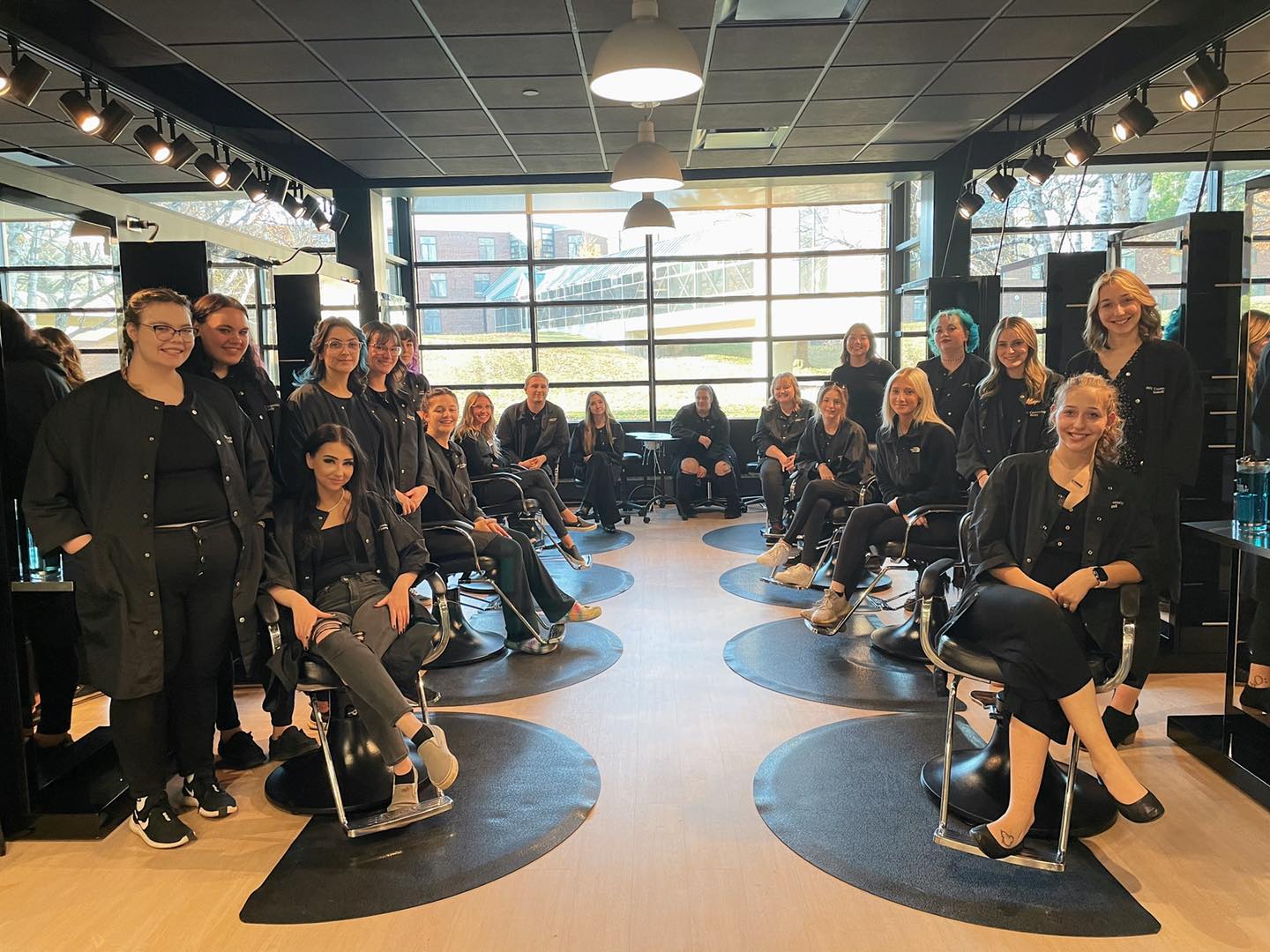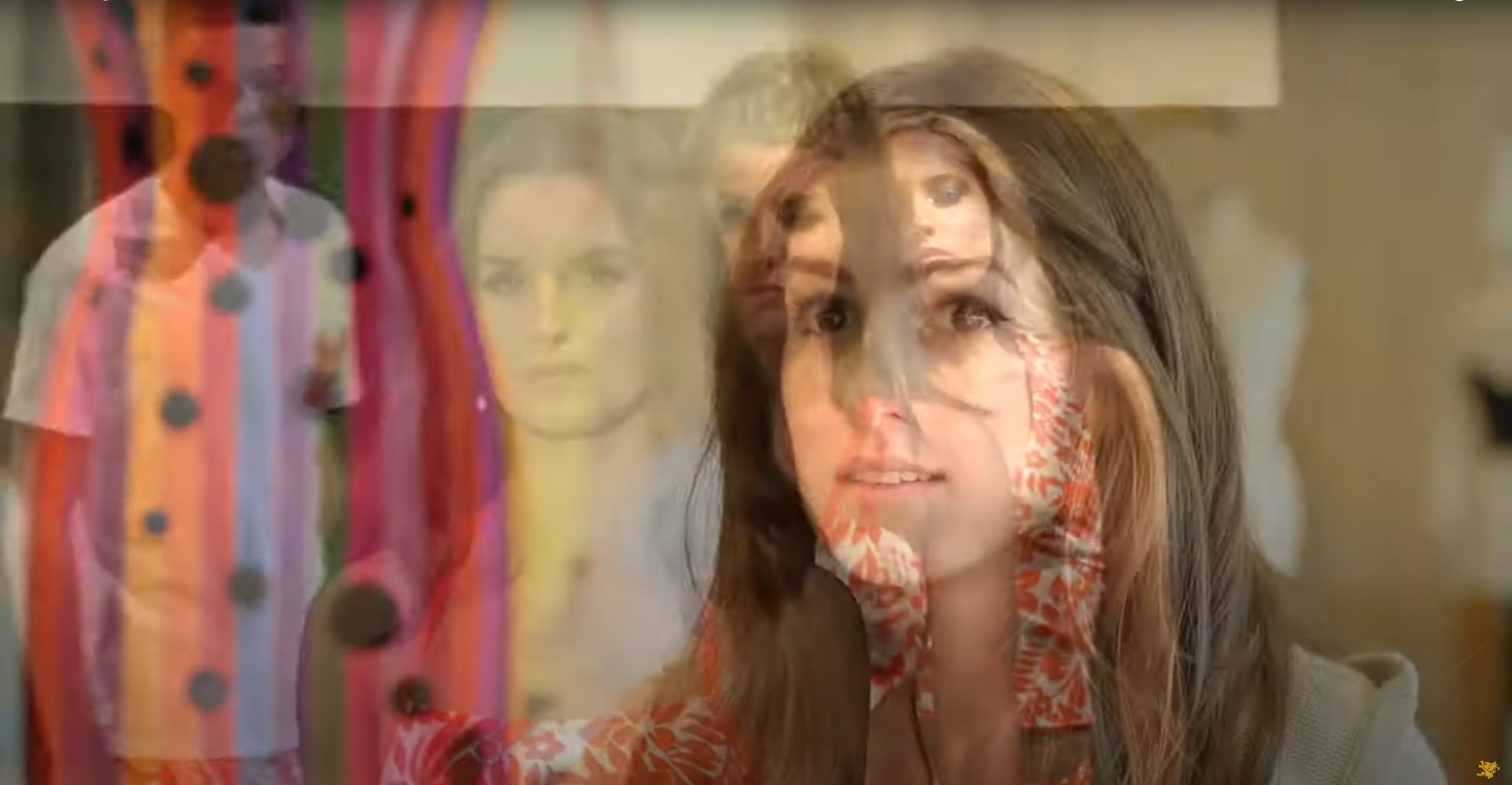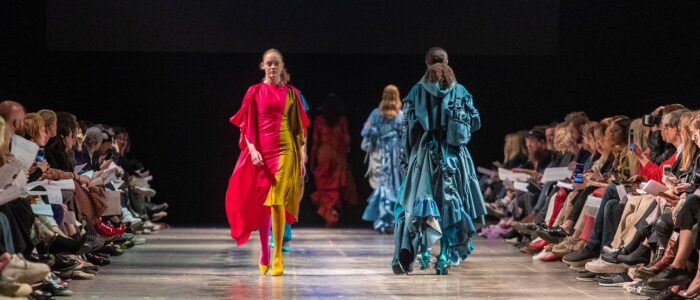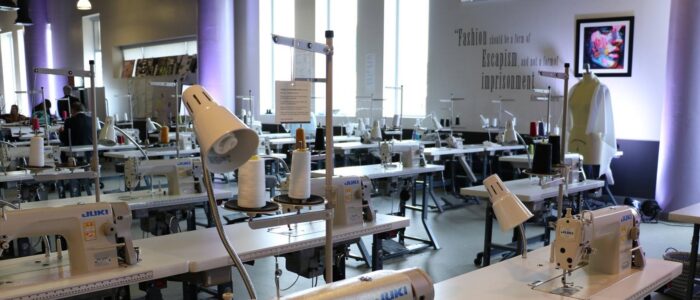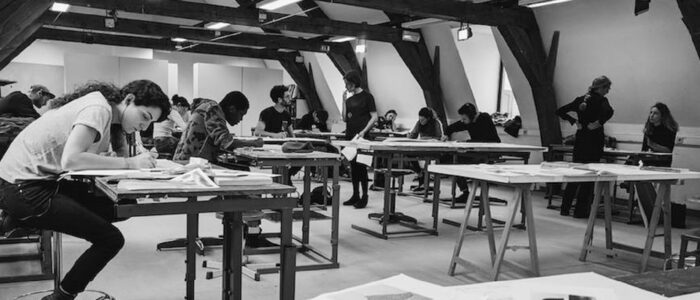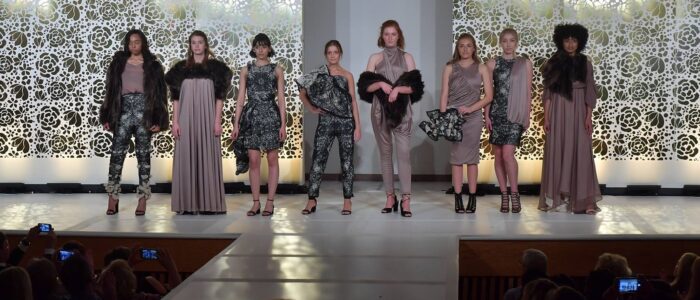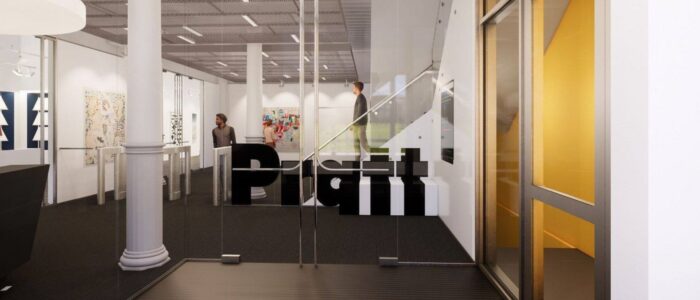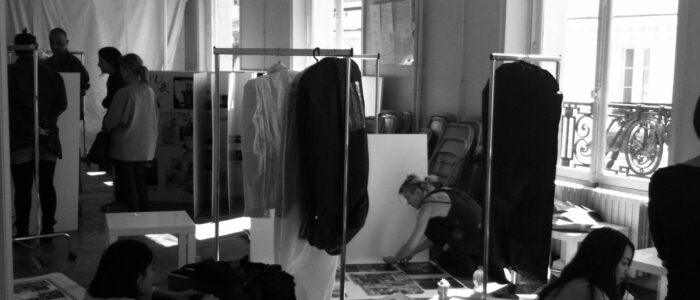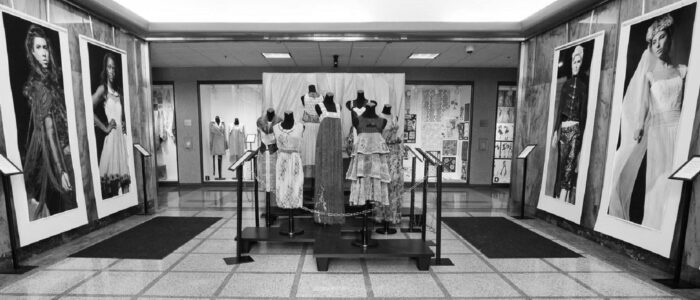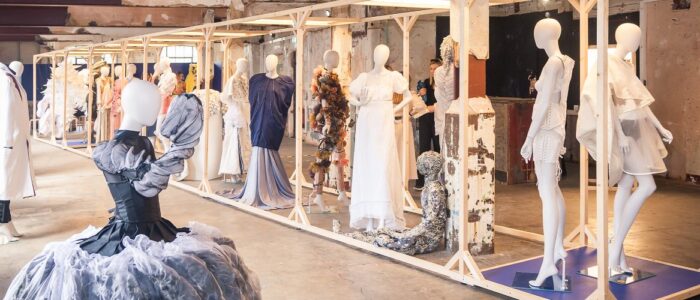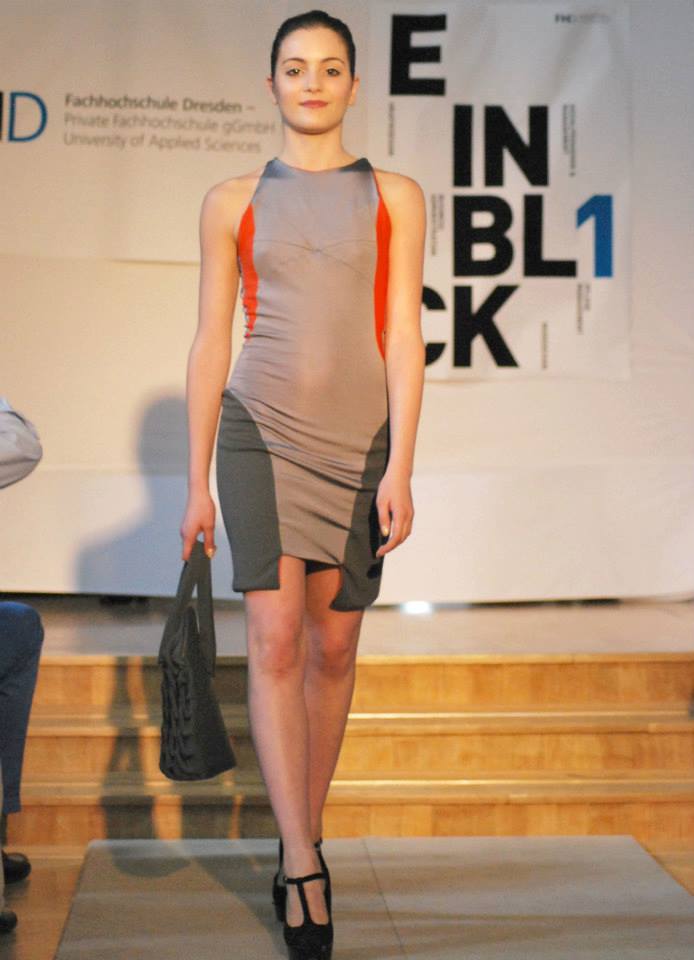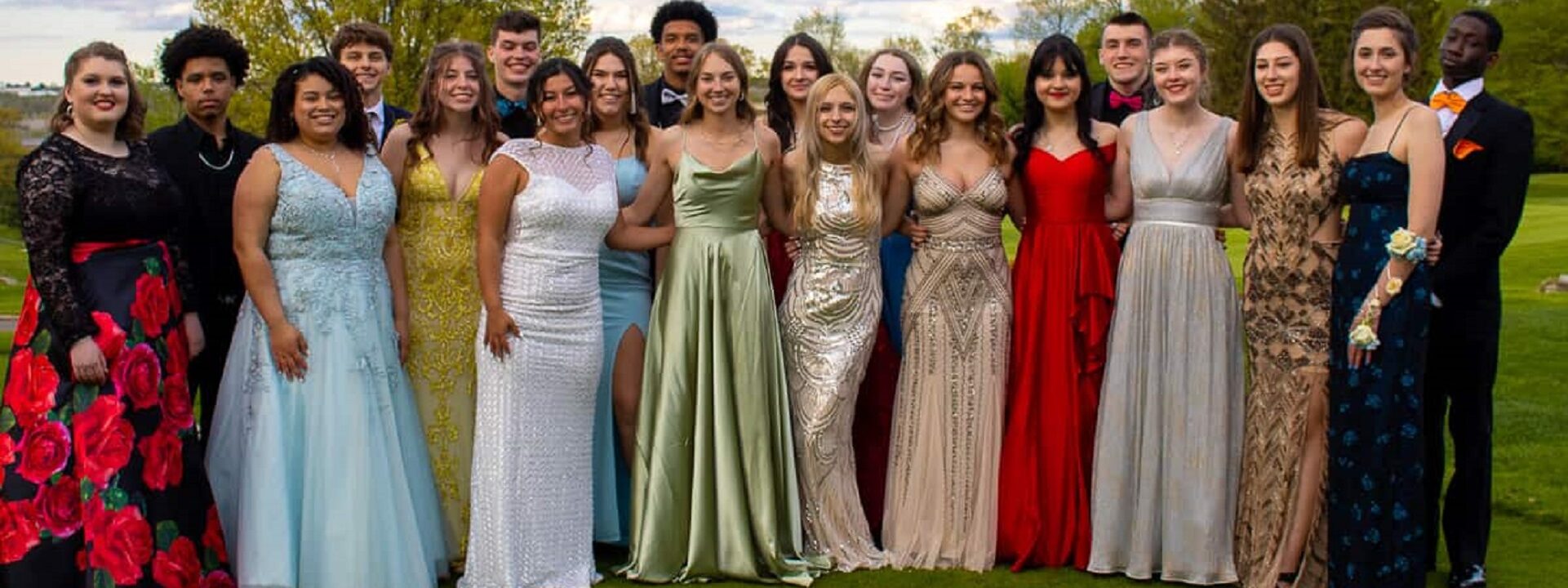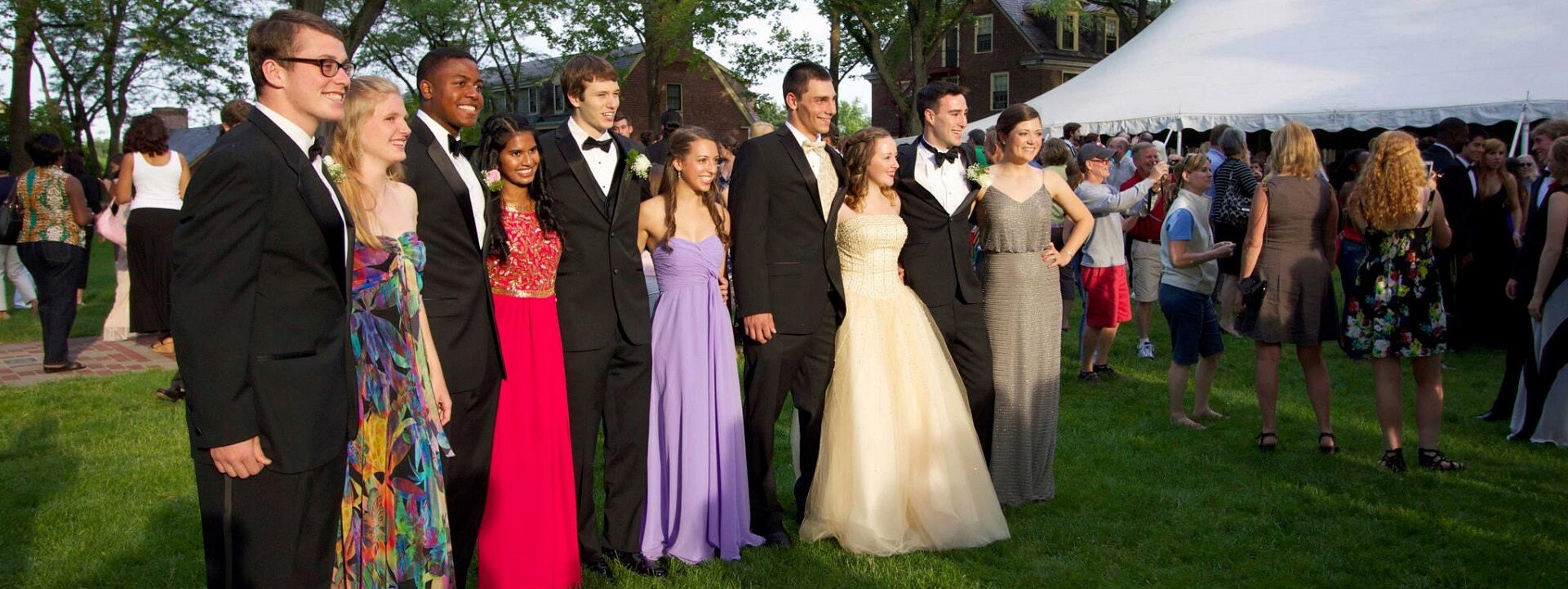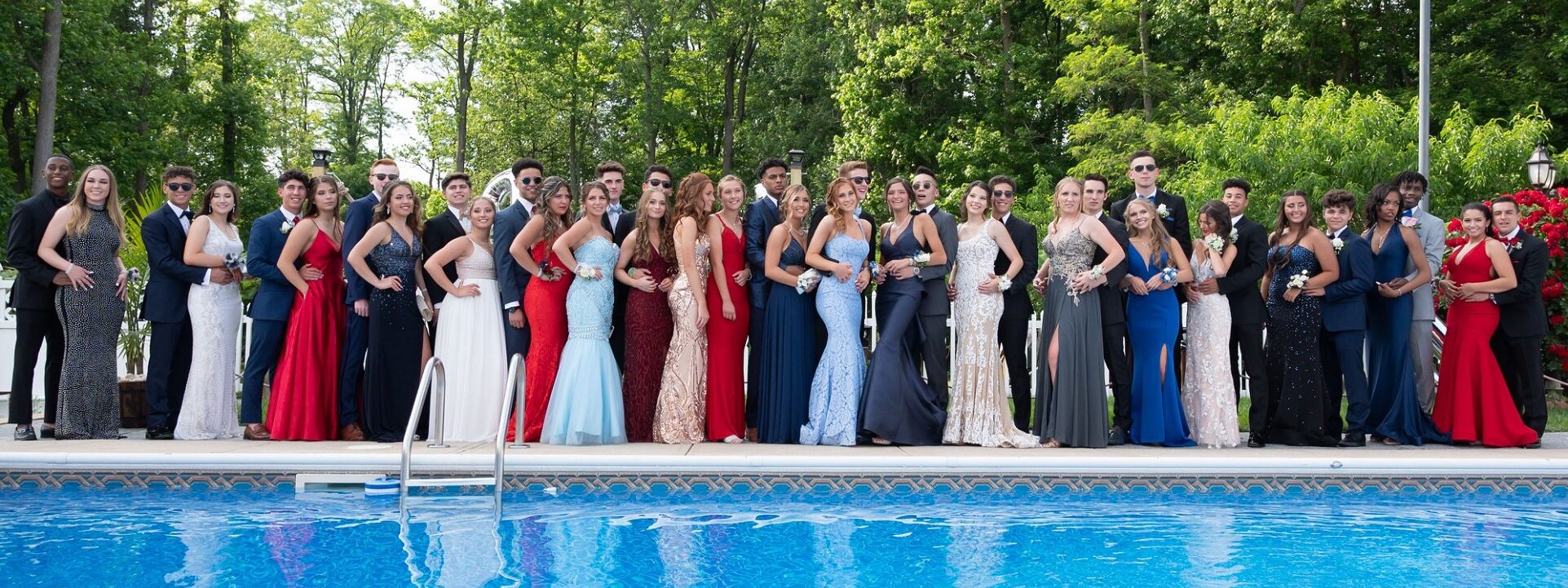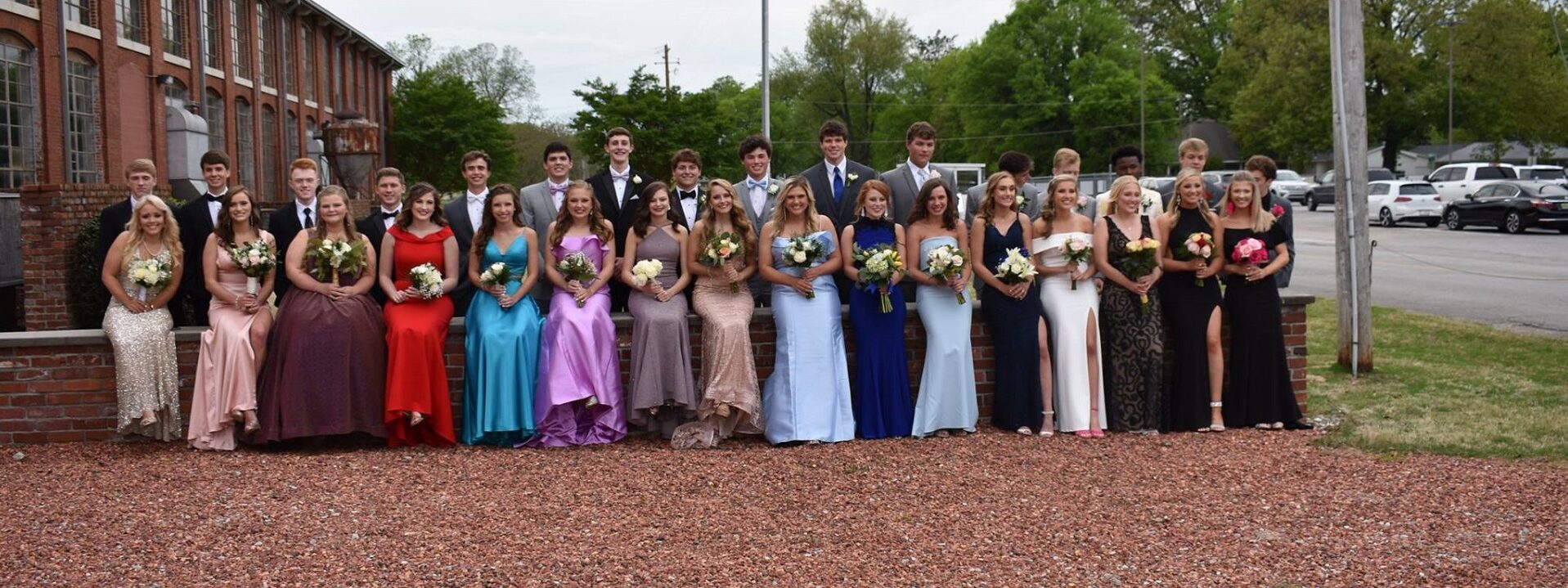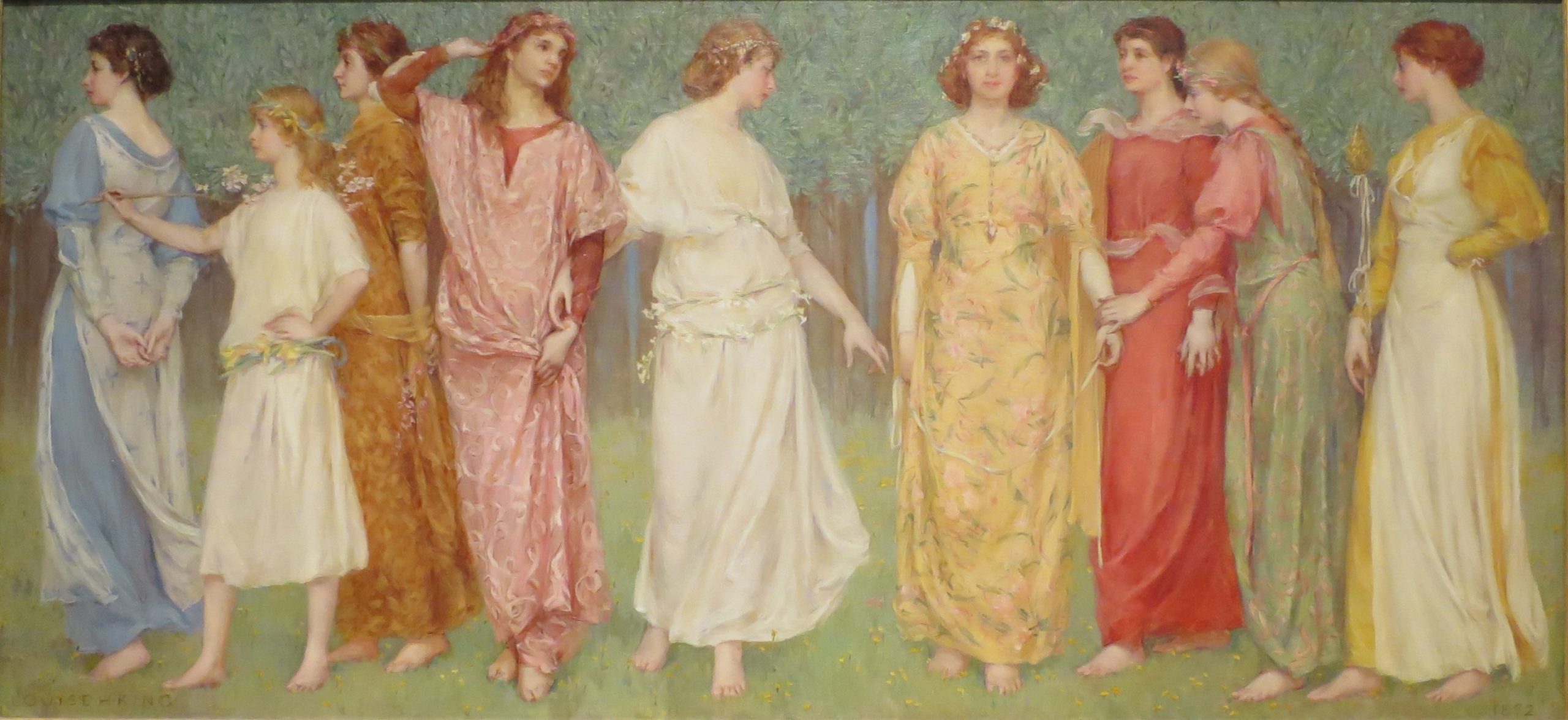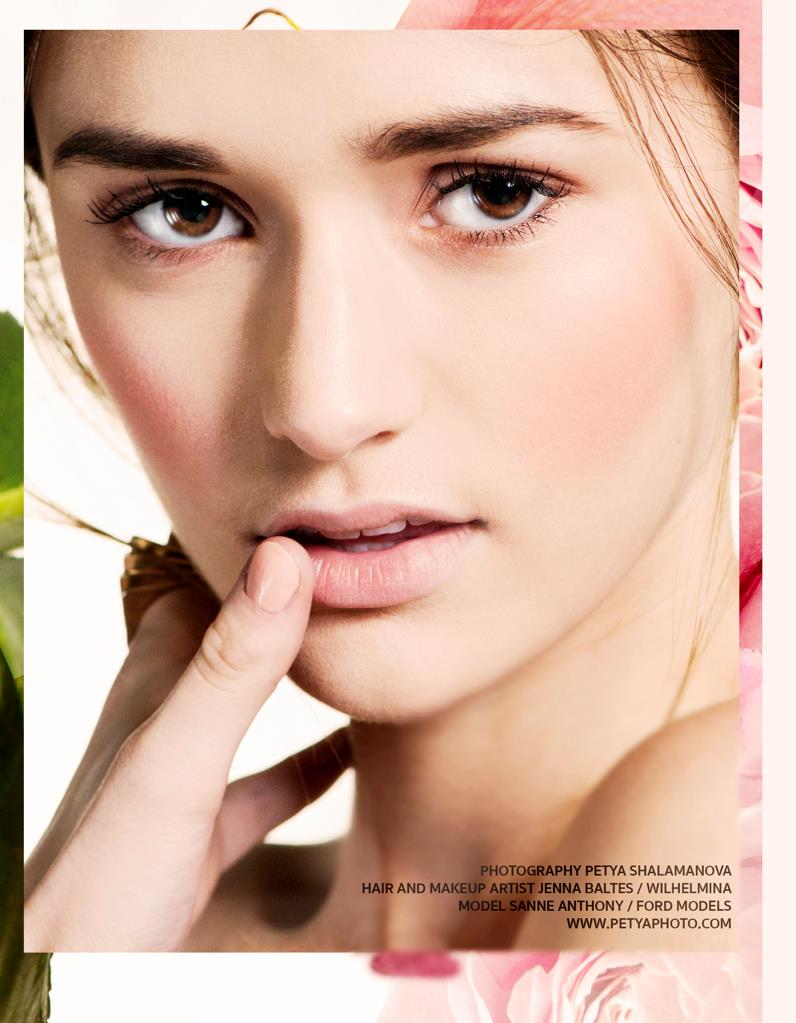Art presents a different way of looking at things than science;
one which preserves the mystery of things without undoing the mystery.
— Sir Roger Scruton
NFPA 1 Second Draft Meeting (A2026) June 2 – 3, 2025
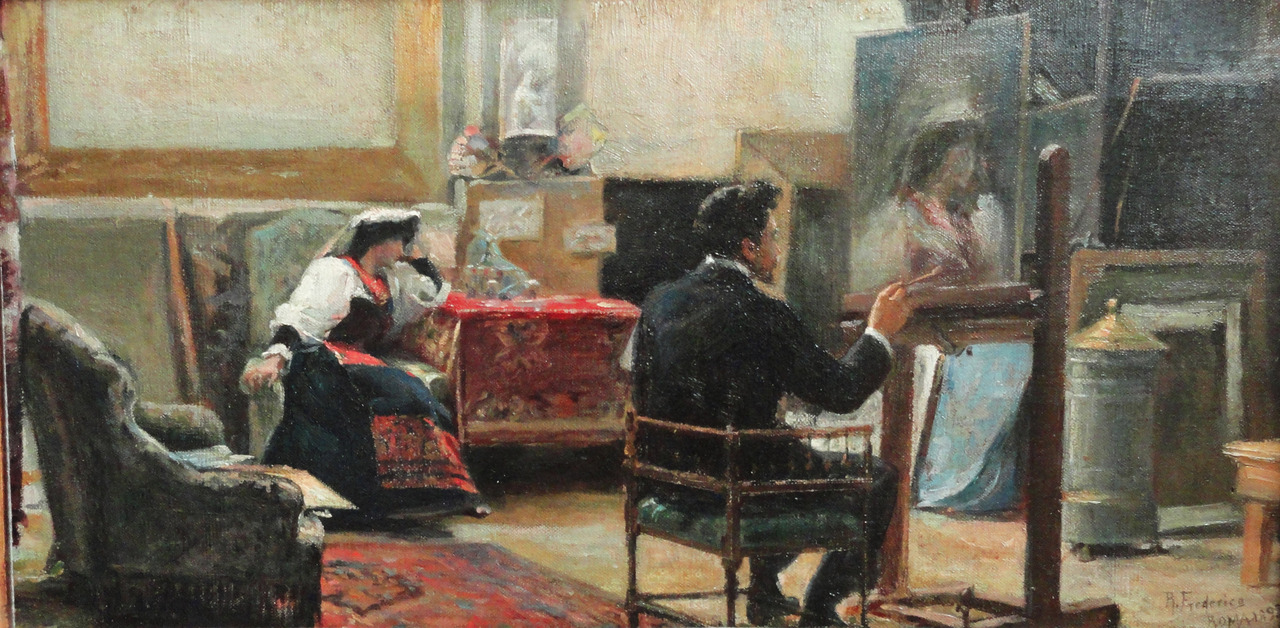
“Interior de Ateliê” 1898 Rafael Frederico

We are guided by four interdependent titles that set the standard of care for safety and sustainability of occupancies supporting the fine arts in education communities.
(1) Chapter 43: Spraying, Dipping and Coating Using Flammable or Combustible Material of NFPA 1: Fire Code. As a “code” the public has free access to the current 2021 Edition , and Chapter 43 at the link below:
NFPA 1 Fire Code / Chapter 43 Spraying, Dipping and Coating Using Flammable or Combustible Materials
You get a sense of the back-and-forth among the technical committee members from the transcripts of committee activity linked below:
First Revisions Report (282 pages)
Our interest lies in fire safety provisions for educational occupancies with activity involving paint, chemicals used with paint (art studios) and Class III combustible materials (garment design & prototyping).

(2) NFPA also has another title — NFPA 33 Standard for Spray Application Using Flammable or Combustible Materials — provides more detail for instructional and facility maintenance operations activity.
(3) NFPA 101 Life Safety Code, much of which is derived from NFPA 1 (See: “How the Fire Code and Life Safety Code Work Together“)
(4) Finally, the International Code Council develops a competitor title — 2021 International Fire Code — which also provides fire safety standards for art, design and fashion studio safety. The IFC is developed in the Group A tranche of titles:
2021/2022 Code Development Group A
2024/2025/2026 ICC CODE DEVELOPMENT SCHEDULE

We encourage direct participation by education industry user-interests in the ICC and the NFPA code development process. A user interest in education community would have a job title similar to the following: Principal, Dean, President, Chief of Business Operations, Facility Manager, Trade Shop Foreman.
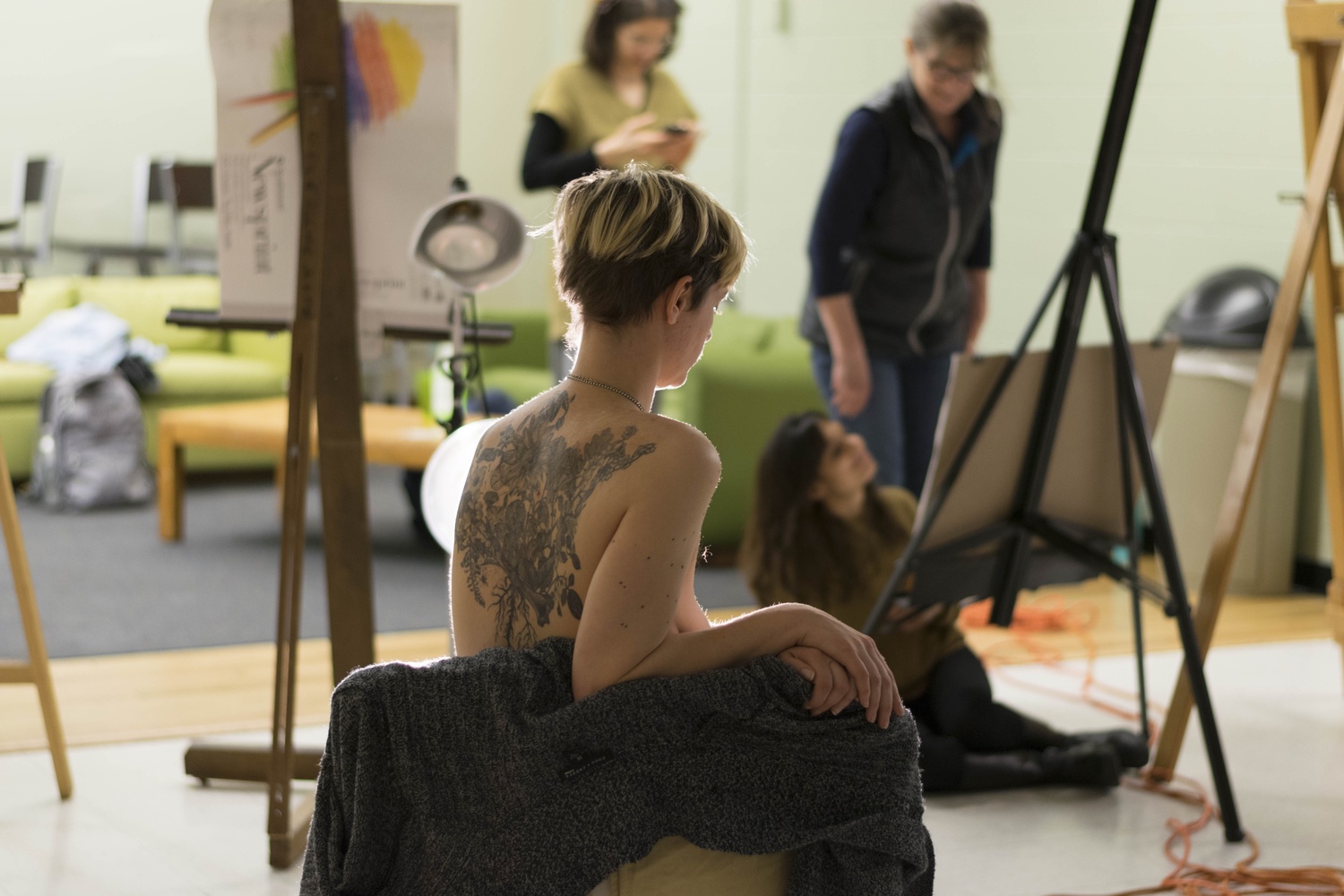
Harvard University

We maintain all four titles identified in this post on the standing agenda of our Prometheus (fire safety) and Fine Arts colloquia. See our CALENDAR for the next online meeting; open to everyone.
Issue: [10-31] [16-64]
Category: Fire Safety
Colleagues: Mike Anthony, Josh Evolve, Marcelo Hirschler
More
Northeastern University: Safety Guide for Art Studios
Princeton University: Art Safety
University of Chicago Art Studio Safety Policy



